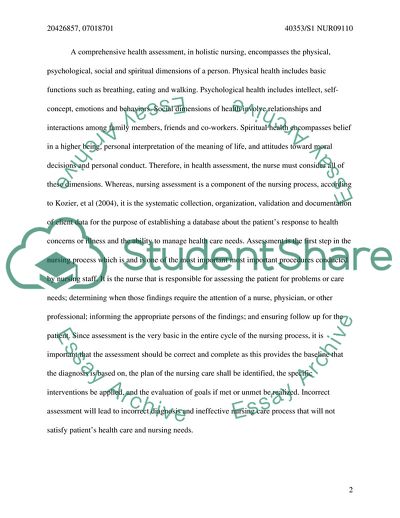Cite this document
(What Information Needs to Be Collected during a Nursing Assessment and Coursework, n.d.)
What Information Needs to Be Collected during a Nursing Assessment and Coursework. https://studentshare.org/nursing/1717266-assessment-and-decision-making-in-nursing
What Information Needs to Be Collected during a Nursing Assessment and Coursework. https://studentshare.org/nursing/1717266-assessment-and-decision-making-in-nursing
(What Information Needs to Be Collected During a Nursing Assessment and Coursework)
What Information Needs to Be Collected During a Nursing Assessment and Coursework. https://studentshare.org/nursing/1717266-assessment-and-decision-making-in-nursing.
What Information Needs to Be Collected During a Nursing Assessment and Coursework. https://studentshare.org/nursing/1717266-assessment-and-decision-making-in-nursing.
“What Information Needs to Be Collected During a Nursing Assessment and Coursework”. https://studentshare.org/nursing/1717266-assessment-and-decision-making-in-nursing.


